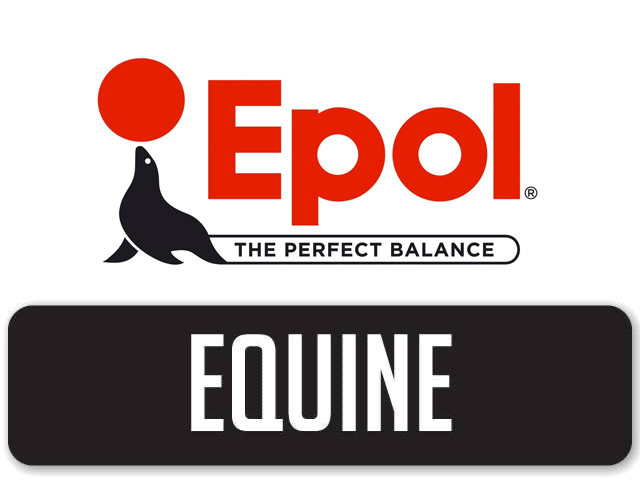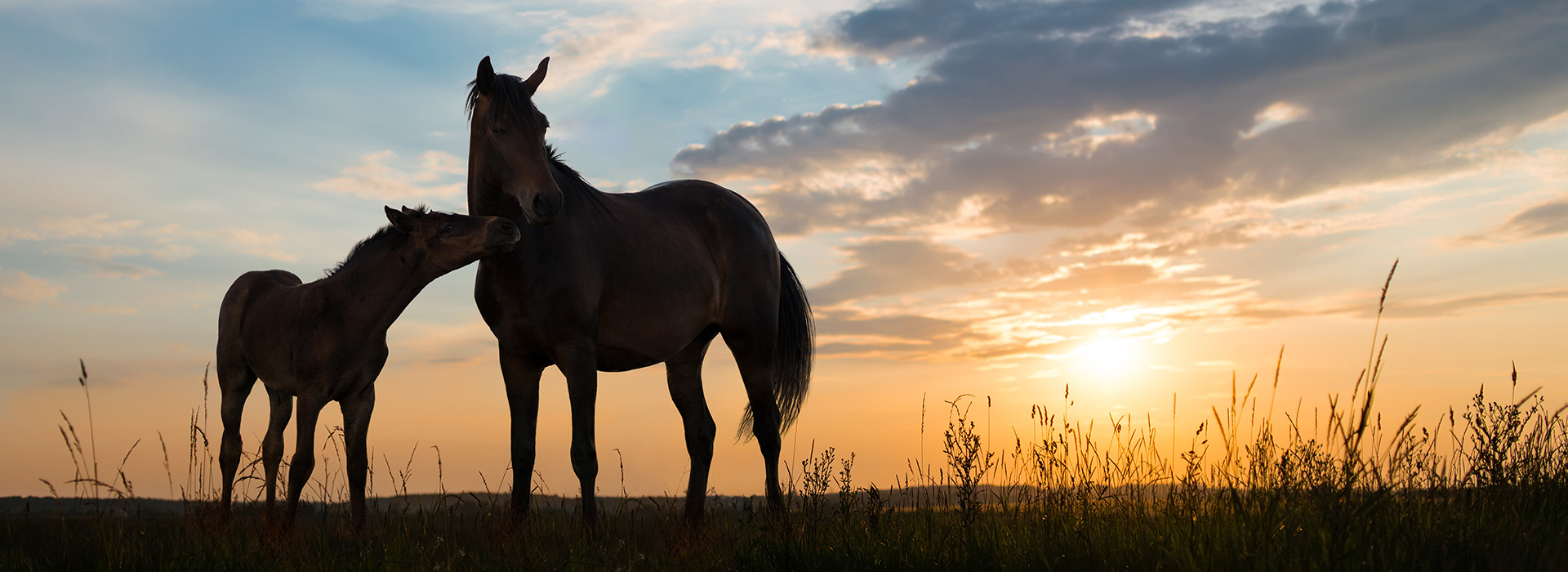Abnormally dry conditions across South Africa have posed unique health care and management challenges for horse owners. Below, we discuss a few changes you can make to assist your horse during this time.
Grazing/Pasture
When green pasture dwindles and temperatures are hot, horses move around their paddocks less and instead wait in the shade for feeding time. These horses are more inclined to have gastrointestinal upsets, as exercise can help to keep the gut moving. Feeding as much long-stemmed grass hay as possible, spread throughout the paddock, helps to keep them eating and occupied during the day. This is preferable to having them wait around for an occasional big concentrate feeding. When moisture finally returns, it is important to moderate horses’ access to rapidly changing pasture so that their systems can readjust to the new green grass. This is especially important for horses suffering from laminitis.
Long stemmed Hay
Drought conditions also reduce hay supplies, making it difficult for owners to maintain consistent hay diets for their horses. If you can’t maintain a consistent hay type, source, and quality, gradually reduce the amount of the original batch and mix it with an increasing amount of the new hay (over three to five days) to ease the transition. When purchasing hay from a new source, always examine it carefully for mould, dust, weeds, etc.
Hay should be the staple of the equine diet and should never fall below 1% of body weight per day. Even if it is not of great nutritional value, it should still be provided. For horses with unique conditions such as Laminitis, Insulin Resistance, Tying-up and Cushing’s disease etc, you will need to pay close attention to the type of hay. Some hays are just not suitable for such conditions. For example Oat Hay contains larger amounts of NSC (Non Structural Carbohydrates) which should be avoided.
Consider Forage Alternatives
In cases where hay is scarce and/or of poor quality, forage substitutes can be a good option. These include beet pulp (suitable for NSC sensitive horses), high fibre or lucerne cubes, and even soybean hulls. These products help to ensure that the horse has enough fibre in his diet to ensure gastrointestinal health. Do note that while such products can supplement a horse’s diet, they should not replace long stemmed hay entirely.
When considering fibre cubes, choose one that has a large cube size as these have the advantage of providing a larger fibre particle size which require more chewing which in turn produces stomach acid-reducing saliva and slows down eating time, assisting once again with digestive health
Check your current concentrate feed
To ensure that your horse is getting as much fibre as possible, also consider changing to a concentrate feed that includes a lot of fibre. This will assist in ensuring that your horse is receiving as much fibre as possible from all sources. Check with your feed manufacturer on their maximum and minimum inclusions and look for products containing at the very least 10% fibre. Equus products typically contain a maximum of 14% with high fibre products containing as much as 24%.
Toxic Plants
Horses with adequate forage usually avoid eating toxic weeds. During drought conditions, however, when weeds might be the only green plants on pasture, horses are more likely to eat them. You should learn to recognise these and, if possible, remove them from pastures.
Sand Colic
Horses tend to ingest more dirt and sand when turned out in drought conditions as they often try to graze the last few short shoots and roots. Sand accumulation in the gut can be a serious problem that can lead to colic. Reduce sand ingestion by feeding off the ground or feeding in sand-free areas of the pasture. This sometimes requires more than simply using a feeder, as hay still falls on the ground and is picked out of the soil. Consider placing rubber mats under feeders or feeding in stalls without sandy floors. Feeding a psyllium product regularly (usually one week per month) can also be beneficial, but it should complement these other management practices and should not be relied on alone. Psyllium products help to ‘’bulk up’’ ingested material helping things like sand to move out of the digestive system. In addition, rotate pastures regularly to avoid overgrazing and to assist in keeping drought-stressed grasses alive. This will preserve some ground cover, thus reducing wind and water erosion and soil loss later.
Water
Monitor water quality and provide extra fresh water. If horses are housed in large groups, offer plenty of room for watering and feeding because injuries can occur as horses compete for limited watering and feeding areas.
Wind
Wind should also be taken into account; blowing dust can irritate eyes and cause respiratory problems. Fly masks provide protection from insects and some can also help protect against intense sunlight and dust. Adequate shelter and clean bedding can also assist in helping horses avoid airborne dust.
Wildfires
Drought also often has wildfire risks in many areas. Horse owners who live in fire-prone areas should prepare for wildfires by having evacuation plans. All horse owners should have (or have easy access to) a serviceable truck and trailer they can use quickly in an emergency.
Picture taken from http://stuffpoint.com/horses/image/39227-horses-horse-in-the-desert-wallpaper.jpg




